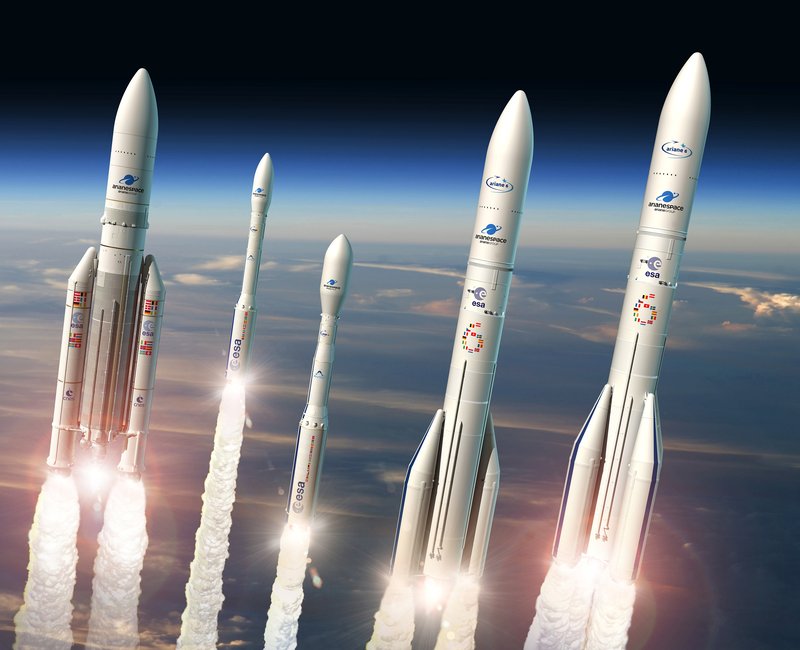
Interstellar travels
In this article we will delve into the nature of space contraction and corresponding time dilation to see how it may allow for easy interstellar travels.
In its simplicity, the length contraction formula highlights a fundamental concept: the spatial distance depends only on the instantaneous velocity v between two objects. It does not depend, for example, on how much the speed changes (acceleration).
Please note: acceleration clearly has an effect on spatial distance, but only because it changes the instantaneous velocity. Only instantaneous speed, moment by moment, determines how much spatial distance is contracted.
This feature has been verified with high precision and is known as clock postulate. This postulate is a fact of nature and, although little known -and this is the reason why I am highlighting it- underlies Einstein's entire theory of relativity.
The length contraction formula can then be used to evaluate how time and space measurements change as a function of any change in velocity (acceleration).
For example, it is possible to calculate how measurements of time and space would change if we were on a spaceship, subject to constant acceleration A, such as the one that keeps us glued to the ground. The journey could involve a constant acceleration A of the spacecraft towards the destination up to the halfway point, and then reverse the direction to decelerate by the same value A towards the destination. In this case, the distance traveled by the spacecraft would be equal to (for those interested, I'll insert all calculations in another episode of the blog):
with T travel time (measured by you) on board of the vehicle, A acceleration per unit of distance traveled by light and cosh the hyperbolic cosine function. The time measured by those waiting for you on Earth would be:
with sinh hyperbolic sine function. The maximum speed of the vehicle would be reached halfway and would be equal to v(T/2) = tanh (AT/2).
Functions cosh(), sinh() e tanh() are cosine, sine, and hyperbolic tangent, respectively.
Now, let's do a concrete calculation.
The average acceleration of gravity on the Earth's surface is about A = 9.8 meters per second every second. A light year is worth x=31536000 seconds, while a second is worth
A light year is therefore worth x·y. So the acceleration expressed in "speed increase per light year" will be equal to:
Please note that (in spite of the astronomical measurement units, useful for our calculation) this acceleration is valid only in an infinitesimal time interval, moment by moment, as measured by you and other people in the spacecraft (you will never reach light speed).
Assuming, for example, that you travel T = 9 years on board of the spacecraft, we have:
light-years. So travelling with this spacecraft you could reach a planet similar to ours, but 98 light years away from us in just 9 years, reaching a maximum speed (halfway through) equal to v(T/2) = tanh (1.03(9/2)) = 99.98% of that of light.
Staying on the planet for about 2 years and then heading back to Earth, the round trip could take 20 years. But this is the time between the two events, the one that you would measure, also and above all from a biological point of view. If you left at the age of 20, you would return to Earth at the age of 40.
Those observing the events from Earth would instead measure a travel time equal to t = (2/1.03)sinh (1.03 ⋅ 9/2) = 100 years for the outward journey and as many for the return, due to relativistic time dilation. If we also add the two years of stay on the remote planet, we would reach a total of 202 years.
You could return to Earth after as many as 6 generations of your relatives, assuming that on average the family tree expands (new birth) every 34 years or so. I don't know about you, but for me this is shocking, really incredible, to be away for 20 years and then meet my relatives 6 generations ahead. Far from science fiction movies!
Reaching another Earth
A recent study estimates that there are about 300 million planets with conditions similar to those on Earth, and therefore potentially habitable, in our galaxy alone. To date, more than 5600 (exo)planets have been identified outside our solar system, of which 70 have been confirmed as potentially habitable, some "only" a few tens of light years away.
The closest is Proxima Centauri b, about 4.2 light-years away. Assuming a trip on the spacecraft above described, we could reach Proxima Centauri b in about 3 and a half years. As a result of relativistic time dilation, those waiting on Earth would measure just over 6 years (feel free to do the calculations with the previous formulas). Thus, a "hit and run" round trip (without hitches) could last about 7 years for those who undertake the journey and 12 years for those who observe on Earth. Several other potentially habitable planets are located about 12 light-years away, reachable through the same spacecraft in just over 5 years (about 14 for those observing from Earth).
Technological and safety issues make this journey impossible for the moment. However, never put limits on science. Should we find solutions, this incredible journey would be perfectly realistic, according to countless experimental confirmations of the theory of relativity. In the meantime, you can easily simulate such trips using several online tools, which readily implement previous formulas (Geffen 2016; D. A. Wright 2016).
Next article
In the next article we will study yet another fundamental aspect. The spacecraft model can be used to understand what happens in the presence of gravity through the Equivalence Principle formulated by the great Albert Einstein.
Find more blog posts with similar tags
